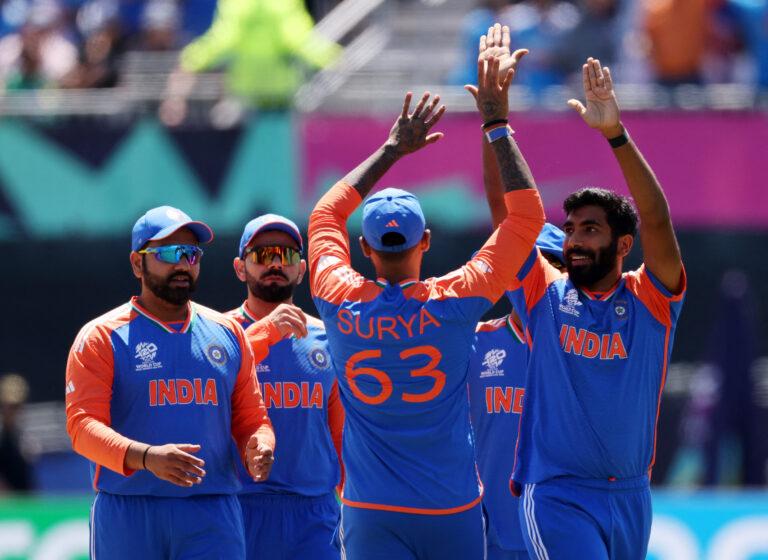The Future of Cricket Media and Journalism
Lotus365, Gold365: Traditional cricket media outlets are encountering a myriad of obstacles in today’s rapidly evolving digital landscape. With the rise of social media and digital platforms, these outlets are struggling to keep pace with the changing preferences and consumption habits of cricket fans. The traditional model of print and broadcast journalism is facing significant challenges in remaining relevant and engaging in an era where instant updates and interactive content are the norm.
Impact of social media on cricket journalism
Over the past decade, the realm of cricket journalism has witnessed a transformative shift, largely fueled by the meteoric rise of social media platforms. Traditionally entrenched media outlets are facing the pressing challenge of navigating this digital landscape, where instantaneous updates and engagement have become the norm. The immediacy of platforms like Twitter and Facebook has redefined how cricket news is disseminated, with fans now turning to social media for real-time updates, analysis, and even interactive discussions during matches.
Social media’s impact on cricket journalism is inextricably linked to the democratization of news consumption. Fans now have unprecedented access to a diverse range of opinions, breaking news, and behind-the-scenes insights, often bypassing traditional media sources altogether. This shift has not only broadened the horizons of cricket coverage but has also posed a challenge to established journalistic practices, compelling outlets to adapt quickly to the demands of an ever-evolving digital landscape. The influence of social media on cricket journalism is undeniable, as it continues to blur the lines between fan engagement, journalistic integrity, and commercial opportunities in the modern era of sports media.
Emergence of digital platforms for cricket coverage
As cricket continues to evolve globally, the emergence of digital platforms has revolutionized the landscape of cricket coverage. Traditional media outlets are facing the challenge of adapting to this shift, as cricket fans increasingly turn to digital platforms for real-time updates, analysis, and interactive content. The instantaneous nature of digital platforms allows for a quicker dissemination of information and engagement with audiences on a more personal level.
Social media platforms have played a significant role in transforming the way cricket journalism is consumed. With the ability to share news and opinions in real-time, journalists now have a direct channel to connect with fans, players, and other stakeholders in the cricketing world. These platforms have also provided a space for fans to voice their opinions, share content, and participate in discussions, shaping the narrative around cricket in a more interactive and dynamic manner.







